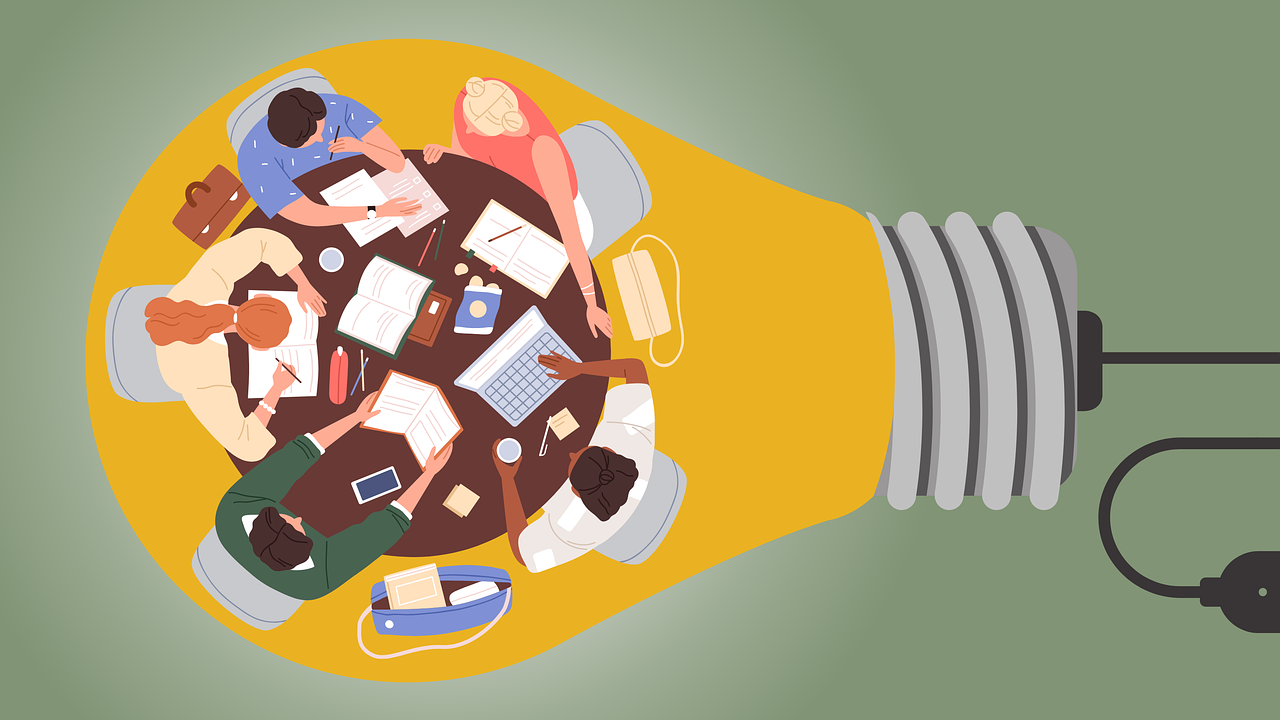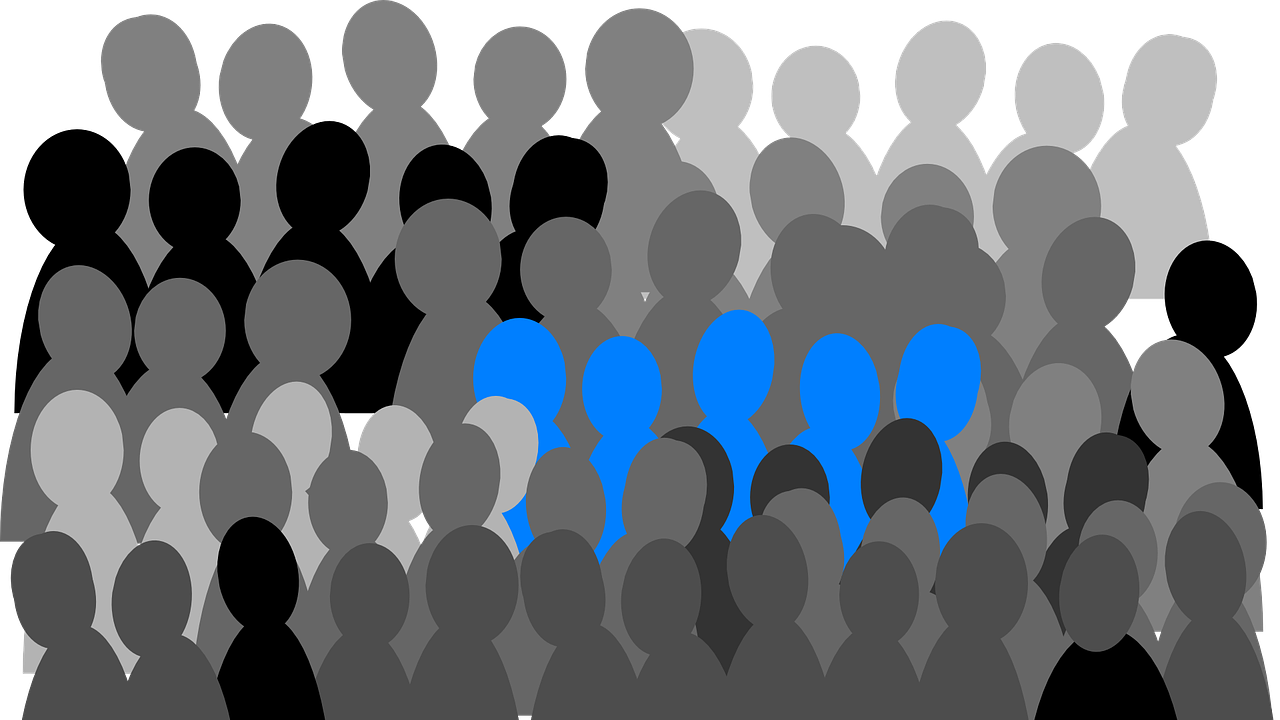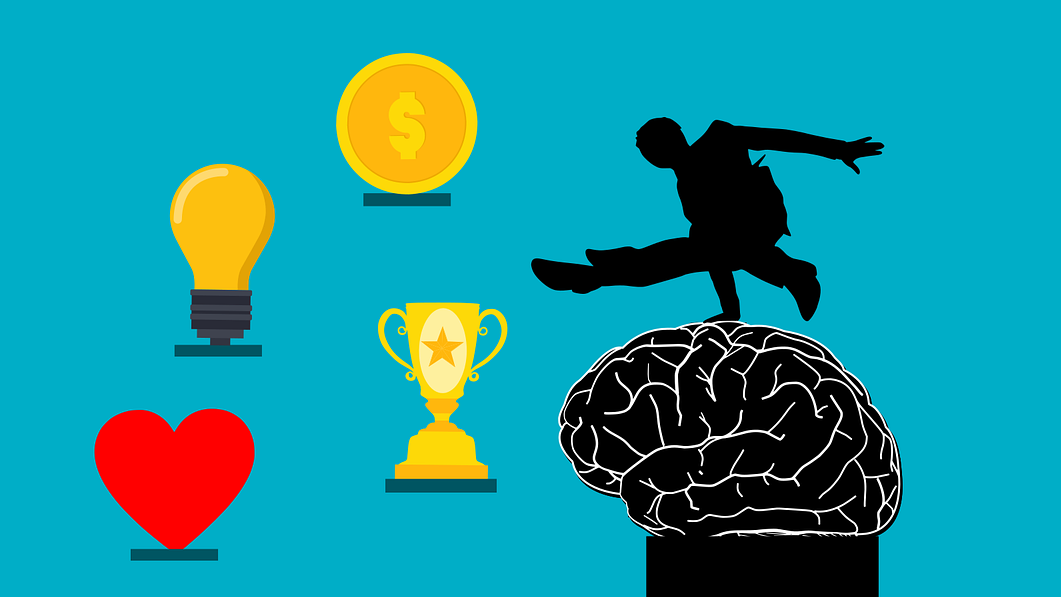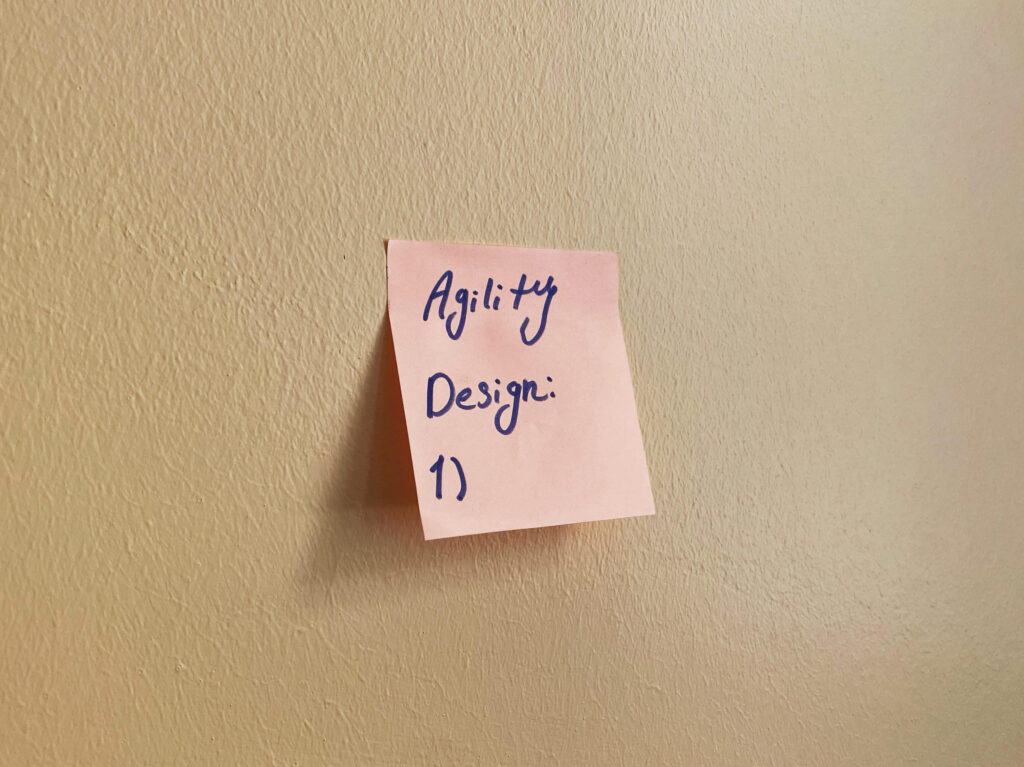This article delves into Agile Design, a methodology that injects the agility of Agile development principles into the design process. It fosters a collaborative, iterative environment where user feedback reigns supreme, leading to the creation of user-centric products with remarkable efficiency.

What is Agile Design?
Agile Design is a flexible and iterative approach that applies Agile principles to the realm of design and user experience (UX). This methodology stems from the Agile framework, which emphasizes adaptability, collaboration, and customer feedback. Agile Design diverges from traditional design processes by incorporating a mindset of managing unpredictability and complexity in project environments.
Why is Agile Design Important?
Agile Design offers a dynamic approach to design work that values flexibility, collaboration, and customer feedback. It benefits UX designers in numerous ways:
- Integrates UX Design with Agile Methodologies: This allows teams to iterate quickly on design projects, aligning them with Agile development and UI/UX design principles.
- Creates User-Centric Products: Organizations that adopt Agile and UX design can create products that adapt to changing user needs while enhancing the UX design process through frequent design sprints.
- Iterative Process: Agile methodology involves a cycle where design and product teams face uncertainties, propose solutions, gather feedback, and make necessary adjustments. This iterative process is crucial for continuous improvement as teams respond to user feedback and adapt to project requirements.
- Various Agile methodologies support this dynamic approach, including:
- Scrum: A framework for Agile project management that assists teams in structuring and managing work.
- Kanban: An Agile workflow management method for managing and improving work systems.
- Scrumban: Merges Scrum and Kanban into a single process for tackling projects.
Agile methodology is not just a framework but a mindset that embraces change and uncertainty. It stems from the Agile Manifesto of 2001, which challenged the traditional Waterfall process (silos, hand-offs) and proposed new principles like customer collaboration over contract negotiation. Software development teams, in particular, benefited from Agile’s emphasis on sprint planning, close collaboration, and tighter control over the development process.
What are the Characteristics, Roles, and Responsibilities of an Agile Design Team?
In practice, Agile Design is more than following steps; it’s about fostering a culture of collaboration and continuous improvement. Design teams work closely with other departments (development, marketing) to ensure the design not only looks good but also functions well and meets strategic business objectives. Regular meetings and feedback loops are integral components that keep projects on track and aligned with user needs and business goals.

Characteristics of Agile Design Teams:
- Dynamic and Collaborative: This is essential for flexibility and rapid iteration.
- Self-Organizing: Teams have the autonomy to make decisions and manage workflows without strict oversight, increasing their authority, responsiveness, and ability to adapt to changes.
- Cross-functional: Members from UX design, software development, and quality assurance work closely together, fostering a deeper understanding of each other’s roles and encouraging skill sharing.

Key Roles in an Agile Design Team:
- Team Lead (Scrum Master): Facilitates the team’s process, organizes tasks, ensures adherence to Agile practices, and acts as a coach to empower the team and remove obstacles.
- Product Owner: Represents the client’s interests and focuses on the business side of product development. They maintain the product backlog, prioritize tasks based on business value, and ensure deliverables meet customer needs.
- Team Members: This group includes professionals with various expertise (developers, designers, testers) who execute tasks and create the product, each bringing their specialized knowledge to contribute to a well-rounded team.
- Stakeholders: While not involved in day-to-day activities, stakeholders define the project’s scope and objectives and provide crucial feedback that influences the project direction and overall success.
Collaborative Dynamics and Agile Methodology
Agile principles guide interaction among these roles, including continuous improvement and responsiveness to change. Regular meetings (daily stand-ups, sprint reviews) ensure all team members align with project goals, allowing for timely updates, immediate feedback, and a transparent, communicative environment.
Tools like the Agile Team Roles matrix or RACI (Responsible, Accountable, Consulted, Informed) matrix help clarify responsibilities and ensure there are no gaps in the team’s capabilities. This proactive approach balances workload, streamlines communication, and is vital for the iterative nature of Agile Design.
By understanding these roles and how they interconnect, organizations can better structure their teams to enhance efficiency, and innovation, and create products that resonate with users, ultimately achieving business objectives more effectively.
Advantages of Agile Design
- Increased Collaboration and Communication: Fosters a collaborative culture through teamwork and regular feedback, enhancing understanding and alignment on project goals, leading to quicker identification and resolution of potential issues.
- Customer-Centric Development: Prioritizes user feedback and involvement throughout the process, leading to products that truly meet user needs and expectations, increasing customer satisfaction and loyalty.
- Rapid Prototyping and Testing: Supports quick creation of prototypes and encourages regular testing, speeding up development and ensuring real-world scenario testing for enhanced final product quality and usability.
- Improved Project Visibility and Risk Management: Increased transparency throughout the project lifecycle through regular sprint meetings and progress assessments provides stakeholders with a clear view of the project status, allowing for better risk prediction, management, and continuous reassessment to mitigate risk and reduce project failure likelihood.
- Cost Efficiency and Predictability: Operates within set time frames (sprints) for easier budget management and cost prediction. Work is split into manageable chunks for efficient resource allocation and team performance measurement. This structured yet flexible approach improves productivity and provides stakeholders with more reliable estimations of project costs and timelines.

Challenges of Agile Design
Predictability and Scope Management
The flexible nature of Agile Design can sometimes lead to challenges in predicting timelines and managing project scopes. The iterative process, while beneficial, can complicate long-term scheduling and resource allocation.
Risk of Overwhelming Changes
Frequent adjustments can overwhelm the team and lead to burnout. Without careful management, this can cause the project to deviate from its original goals.
Documentation and Knowledge Transfer
Agile Design prioritizes working software, which can mean less upfront documentation. This creates a hurdle for new team members who need to get up to speed quickly.
Team Dependency
Teamwork is Key in Agile Design. Strong team dynamics are crucial for success. All members need to be proactive, communicative, and adaptable in this highly collaborative environment. Without this synergy, the project can suffer.
Good project management is also essential. It prevents teams from falling into “AgileFall,” where practices like infrequent meetings or siloed work return. This can lead to increased documentation needs and reduced oversight at critical moments.

Steps, Best Practices, and Tips for Effective Agile Design
An Agile design process typically follows several key steps:
- Understand: Grasp the core needs and goals of the project.
- Research: Gather insights and data that inform the design.
- Sketch: Develop initial concepts and ideas.
- Design: Craft the visual and functional aspects of the project.
- Prototype: Create prototypes to test ideas in a tangible form.
- Test: Evaluate the design through user testing and feedback.
- Refine: Make improvements based on feedback and testing results.
The Agile design process isn’t linear. Instead, teams revisit steps throughout the project. This ensures the design stays aligned with user needs and project goals. This iterative loop (where teams revisit and refine) fosters flexibility and responsiveness. It allows them to effectively solve problems, identify user pain points, and adapt to changing specifications. This makes Agile particularly valuable for projects with high uncertainty.
Best Practices
Define Clear Roles and Responsibilities
Clarity in roles is paramount. Define core roles like product owner, Scrum master, and development team, each with specific responsibilities contributing to project success.
Foster Collaboration Through Cross-Functional Teams
Integrate individuals with varied skills (UX designers, developers, testers) to navigate complexities and innovate solutions. Regular activities like daily stand-up meetings, sprint retrospectives, and product backlog refinement promote a culture of continuous feedback, vital for Agile environments.
Emphasize Continuous Improvement and Adaptability
Regularly training on new tools and methodologies, revisit and refine processes, and embrace change. Be willing to experiment and learn from each iteration. Practices like sprint reviews and retrospectives support this by allowing teams to reflect on what worked and make necessary adjustments to improve future sprints.

Agile Design is more than a methodology; it’s a versatile tool that teams from various industries can leverage to transform, innovate, and produce winning products time and again. Its principles of flexibility, continuous improvement, and customer-centricity make it an ideal approach to navigating modern business challenges in the ever-evolving design landscape.
Related Posts:
Unveiling the Magic: UI vs. UX Design
Integrating Psychology for Superior User Experience
AI and UX Design in a Digital Renaissance
